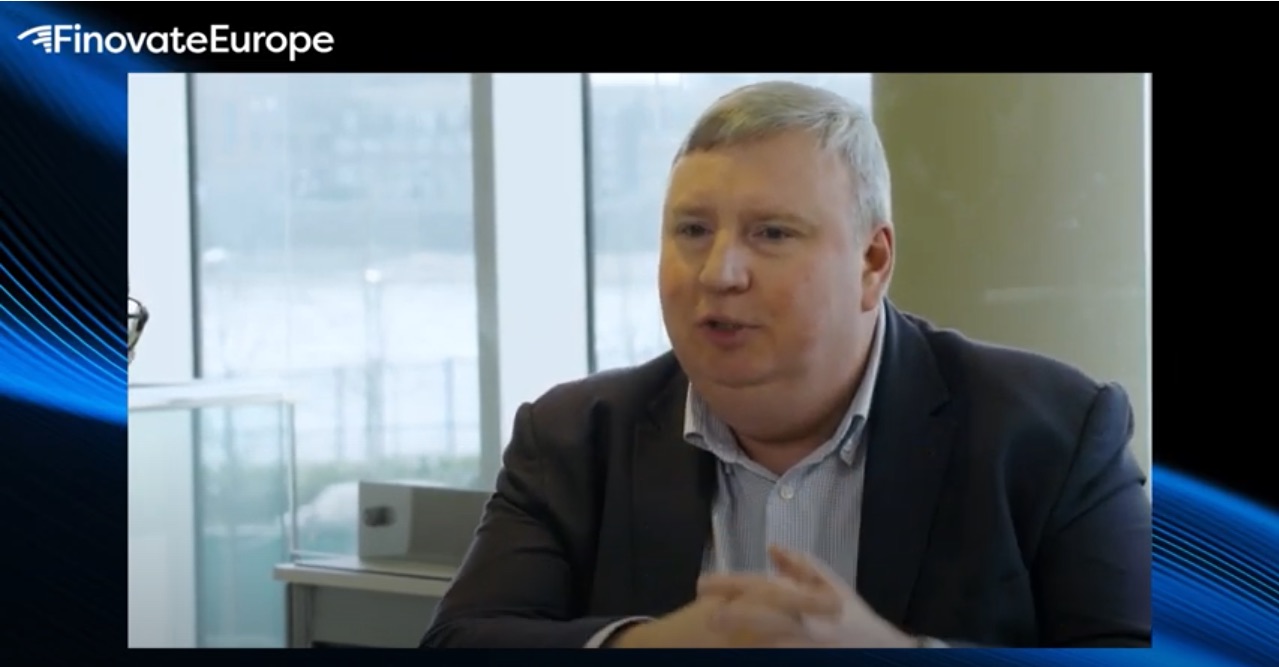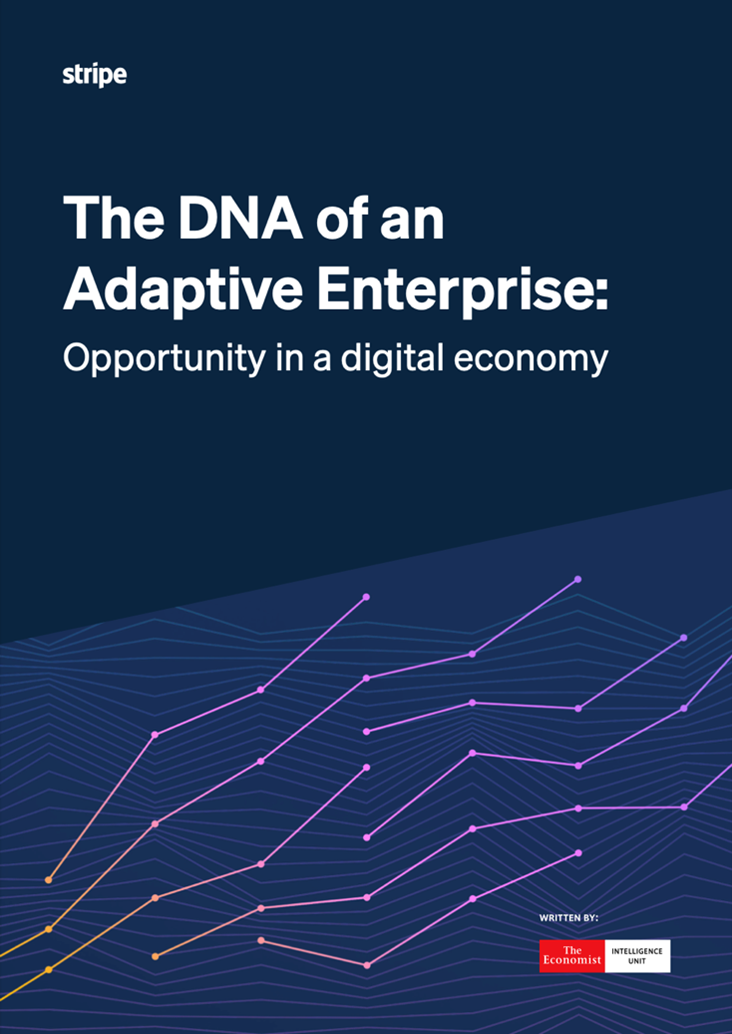
- Secure document exchange and digital vault platform FutureVault announced a partnership with Envestnet | Yodlee.
- FutureVault made its Finovate debut in 2016 at FinovateFall in New York.
- FutureVault CEO Daniel Kenny took the helm of the Toronto, Ontario, Canada-based company in January.
Last week we announced that Envestnet | Yodlee had partnered with fellow Finovate alum Backbase to bring new data aggregation, account verification, and enriched transaction data insights to banks. This week we report that Envestnet | Yodlee has forged a collaboration with another Finovate alum, FutureVault.
The partnership will enable FutureVault to leverage Envestnet | Yodlee’s data aggregation and analytics platform to enhance its ability to serve its financial services and advisor clients with advanced document exchange solutions. FutureVault’s platform supports front, middle, and back-office teams with the tools they need to securely access, share, and manage sensitive information and documents. These tools give organizations the ability to aggregate and centralized financial documents and data from multiple institutions into FutureVault’s secure digital vault, provides financial planning professionals with a holistic view of client finances, and enables trusted advisors to build better relationships with their customers.
“The integration with Envestment | Yodlee is another milestone in our aggressive 2022 technology roadmap,” FutureVault CEO Daniel Kenny said. “This integration is driven by our plan to continue building the most comprehensive digital vault solution and will contribute toward our strategic platform vision that brings together Documents, Data, and Digital Assets.”
FutureVault put the partnership in the context of the company’s Personal Life Management initiative. This thesis is based on aggregating financial documents and data in a secure location while giving financial planners and advisors the ability to leverage FutureVault’s technology to provide a “family office” type of service.
“This integration with Envestnet | Yodlee is not only driven by improving the relationship advisors will have with their clients,” FutureVault co-founder and Executive Chairman G. Scott Paterson said. “It is about ultimately providing clients with access to the best tools to manage their financial lives that extend beyond the advisor.”
FutureVault made its Finovate debut at FinovateFall 2016 in New York. Recently, the company has partnered with companies like PureFacts to facilitate secure and automatic delivery of financial statements, and with enterprise wealth management platform d1g1t. With this collaboration, FutureVault’s secure document exchange technology will help the d1g1t better manage its compliance, document retention, and document sharing responsibilities.
“We know that there is a significant need across the industry for all-encompassing solutions,” Kenny said when the strategic partnership with d1g1t was announced in late March. “By partnering with the exceptional team at d1g1t, we can bring that type of integrated solution to the market that addresses the many workflow challenges firms and advisors face, while elevating the experience for both clients and advisors.”
Founded in 2014, FutureVault has raised $2.3 million in funding. Current CEO Daniel Kenny was appointed to the position in January of this year after serving briefly as the company’s Chief Operating Officer. Previously, Kenny was an executive at HSBC for more than 22 years.











